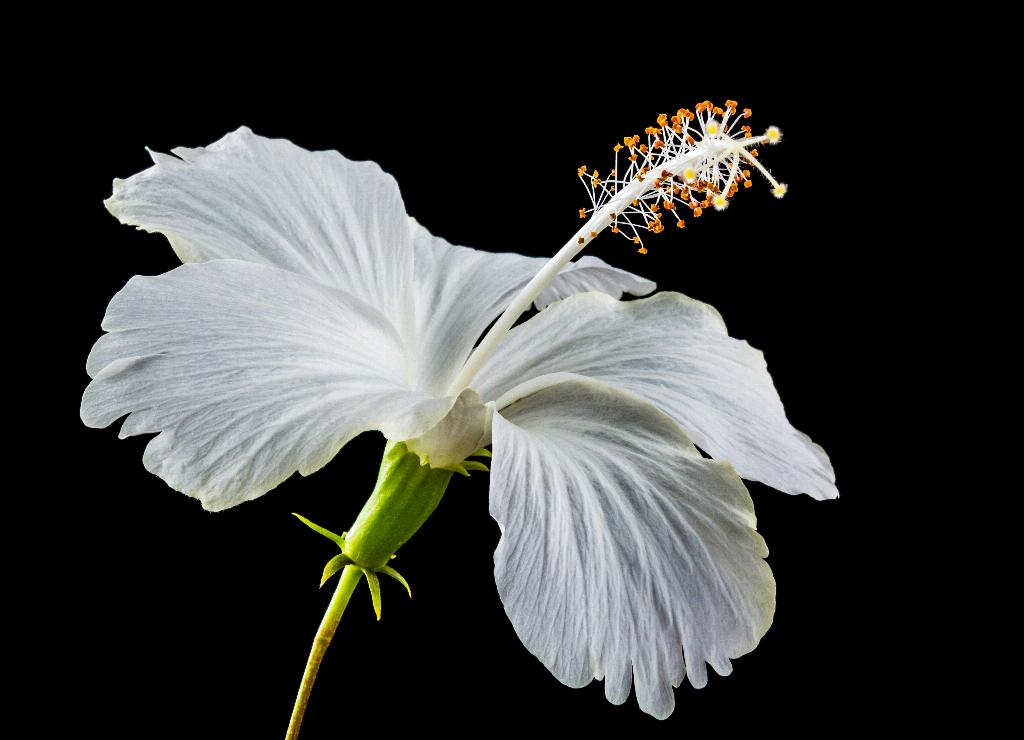Yellowing and falling leaves on your beloved hibiscus plant can be distressing, but pinpointing the exact cause can provide clarity and help you take proper measures to nurture your plant back to health.
Over-watering and Under-watering
One of the main culprits behind yellowing hibiscus leaves is improper watering. Hibiscus plants require consistent moisture, but over-watering can lead to soggy soil and root rot, while under-watering can result in dehydration and nutrient deficiencies.
Keeping a Balanced Watering Schedule
It is crucial to strike a balance in your hibiscus watering routine. Ensure that the soil is moist but not waterlogged. Testing the soil moisture levels regularly and adjusting your watering schedule accordingly can help prevent yellowing leaves.
Inspecting Drainage and Root Health
Checking the drainage of your hibiscus pot is essential to prevent waterlogging. Moreover, inspecting the roots for any signs of rot or decay can provide valuable insights into the plant’s overall health.
Addressing Nutrient Deficiencies
Yellowing leaves can also indicate nutrient deficiencies in your hibiscus plant. Ensuring that your plant receives adequate amounts of essential nutrients, such as nitrogen, phosphorus, and potassium, is vital for vibrant foliage.
Feeding Your Hibiscus Plant
Regularly fertilizing your hibiscus with a balanced fertilizer can help address any nutrient deficiencies and promote healthy leaf growth. Pay attention to the fertilizer’s instructions and avoid over-fertilizing, which can harm your plant.
Sunlight and Temperature Considerations
Insufficient sunlight or extreme temperatures can stress your hibiscus plant, leading to yellowing and dropping leaves. Ensure that your plant receives adequate sunlight and is shielded from harsh weather conditions.
Pest Infestations and Disease Management
Keep a lookout for common hibiscus pests, such as aphids or spider mites, that can cause leaf discoloration. Implementing effective pest management strategies and promptly addressing any signs of disease can prevent further damage to your plant.
Pruning and Maintenance Practices
Regular pruning of dead or yellowing leaves can improve air circulation and promote new growth in your hibiscus plant. Additionally, maintaining proper hygiene practices, such as cleaning your pruning tools, can prevent the spread of diseases.
Environmental Stress Factors
Environmental stressors, such as sudden changes in humidity or exposure to drafts, can impact the health of your hibiscus plant. Creating a stable environment with consistent conditions can help alleviate stress and improve leaf vitality.
Consulting a Plant Care Expert
If despite your efforts, your hibiscus continues to exhibit yellowing and falling leaves, seeking advice from a plant care expert or horticulturist can offer tailored solutions and insights to revitalize your plant.
Cultivating a Healthy Hibiscus
By addressing the potential causes of yellowing and falling leaves in your hibiscus plant and implementing proactive care practices, you can foster a lush and vibrant garden addition that thrives in its environment.
Continuing Care and Observation
Consistent monitoring and attentive care are key to maintaining the health and beauty of your hibiscus plant. Stay observant, adjust your care routine as needed, and enjoy the rewards of nurturing a thriving botanical companion.

